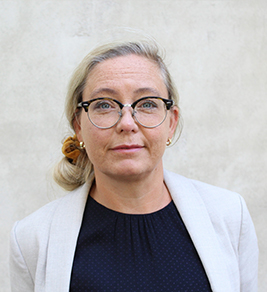This Special Edition aims to complement State of the Nordic Region 2020 by taking an in-depth look at some of the factors that contribute to wellbeing and health in the Nordic Region, and exploring how digitalisation in health care and social care can contribute to wellbeing. The theme of the report connects to the Nordic vision to become the most sustainable and integrated region in the world.
This will be achieved by, among other things, promoting a socially sustainable Nordic Region which is inclusive, equal and interconnected with shared values and strengthened cultural exchange and welfare. National statistics and international comparisons provide an overview of how the countries are performing on different indicators relating to
health and wellbeing. In order to learn more about wellbeing in different parts of the Nordic Region, we have also zoomed in on the regional and local levels.
The report illustrates the central role of demography, whereby the composition and the spatial patterns of the population together with socioeconomic factors contribute to shaping the living conditions and wellbeing in different parts of the Nordic Region. Although life expectancy is increasing, the loss of healthy years due to non-communicable diseases and poor health-related behaviours remain obstacles to further improvement of health and wellbeing. Socio-economic factors such as education, employment and income have important roles to play as regards health and well being. Despite a general pattern of urban regions being richer, more well educated and living longer, we also find many thriving rural areas attracting new young residents.
Digital infrastructure plays a crucial role in the development of those rural areas, and digitalisation in health care and social care also holds a promise of increasing equal accessibility to welfare services in rural and remote areas. A prerequisite for this is however to secure internet access to all parts of the Nordic Region and to address those issues of digital divides shown in the report so that all people in the Nordic Region gain equal opportunities.
Related Staff
Related Maps
- Households’ access to basic broadband in 2018
- At-risk-of-poverty rate 2011-2018 change
- Income and inequality typology 2017
- Unemployment rate 2018
- Tertiary education attainment level of 30- to 34-year-olds 2019
- Population aged 80 years and over, as a share of total population, in 2019
- Internal net migration of 30 to 39 years-of-age, by gender, in 2010-2019
- Internal net migration of 20 to 29 years-of-age, by gender, in 2010-2019
- Degree of rurality at the municipal and regional level in 2017
- Finnish medical record service (Omakanta) users, as a share of total population, in 2018





